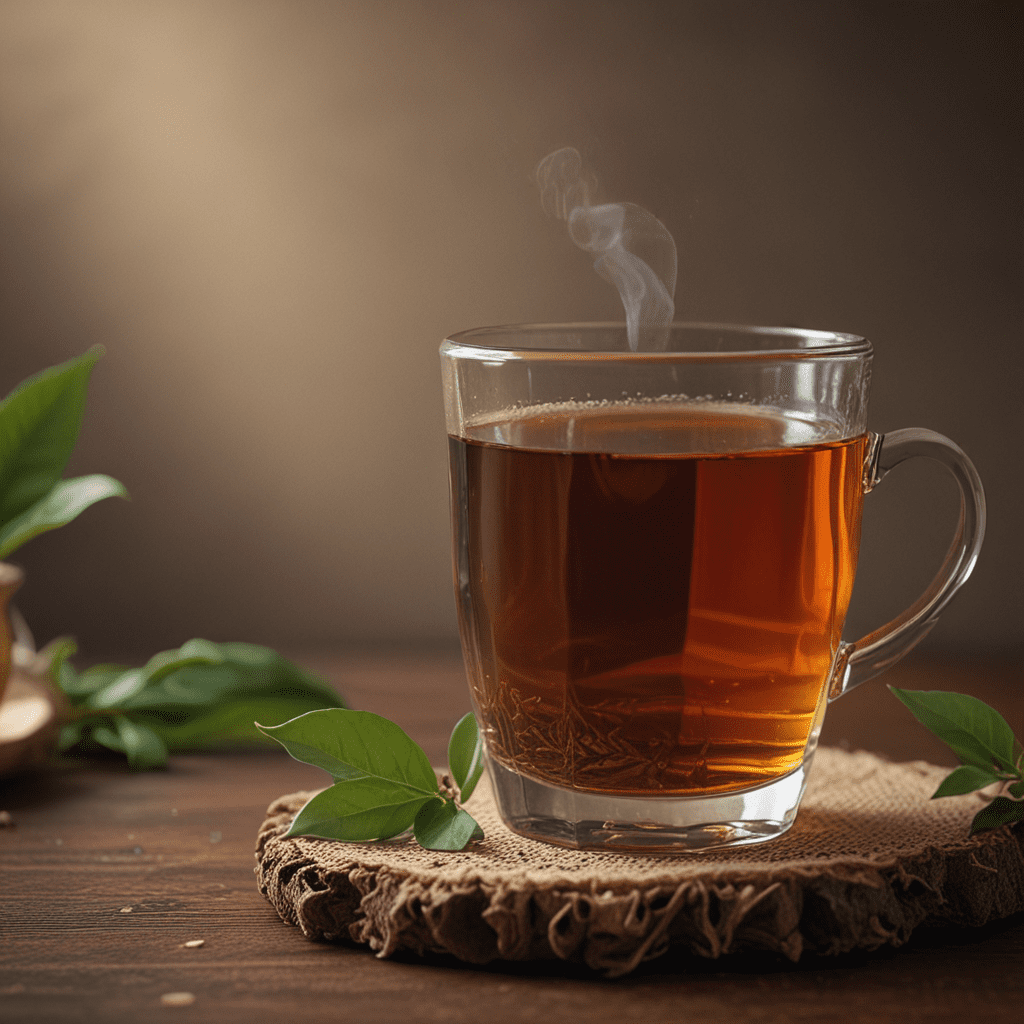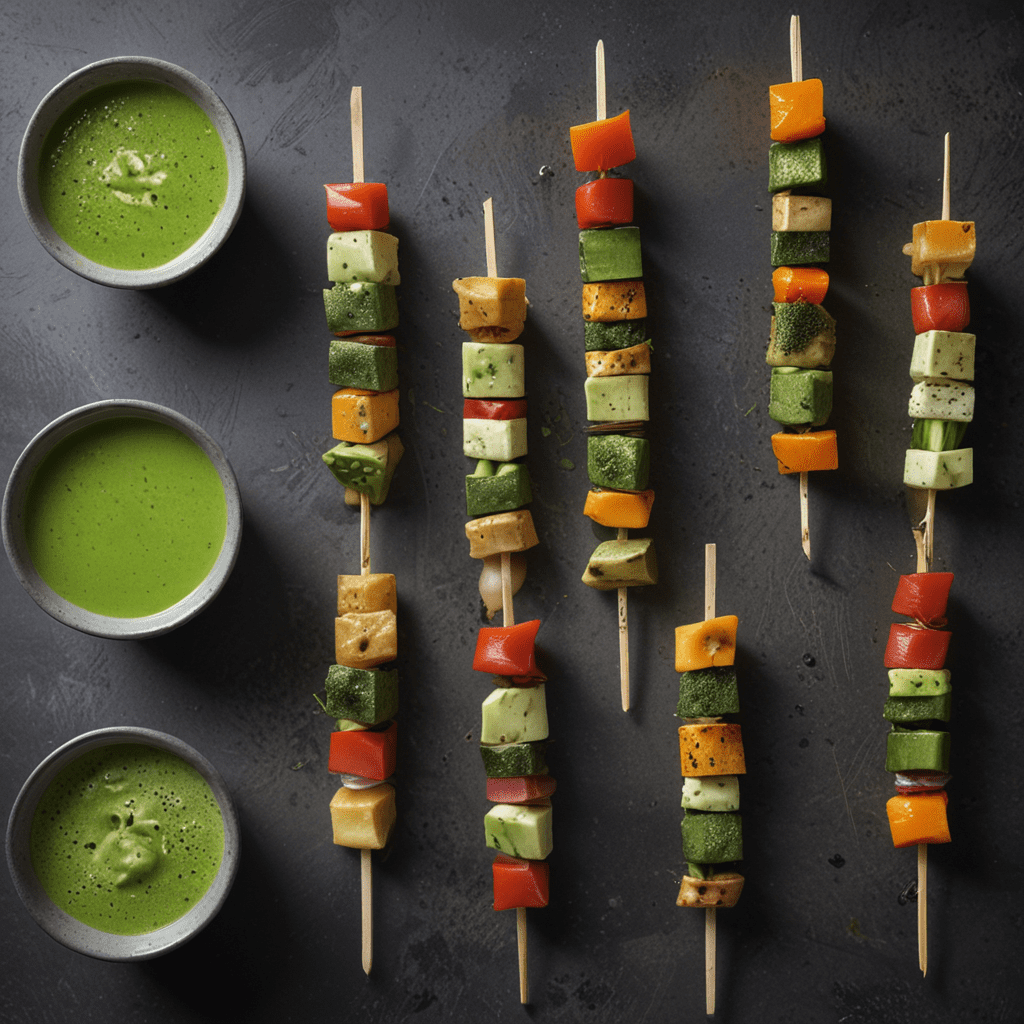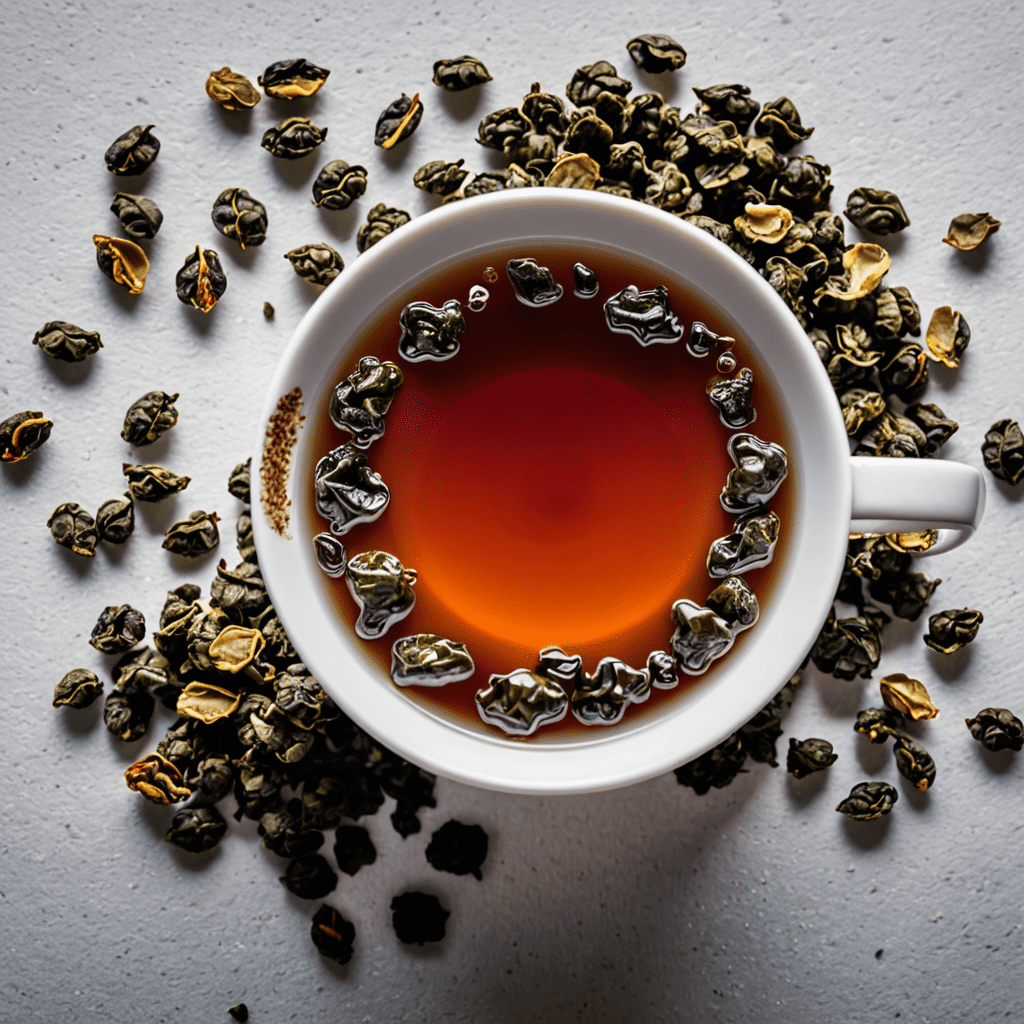Ceylon Tea and Its Influence on Tea Ceremony Practices
I. Historical Significance of Ceylon Tea
Ceylon tea, also known as Sri Lankan tea, holds a profound historical significance in the world of tea. Its origins can be traced back to the early 19th century, when the British introduced tea plants to the island nation. These plants flourished in the fertile soil and favorable climate of Ceylon, leading to the establishment of a thriving tea industry. Over the years, Ceylon tea gained immense popularity worldwide due to its distinctive flavor and aroma, becoming a staple in tea ceremonies across different cultures.
II. Origins and Distribution of Ceylon Tea
Ceylon tea is native to the island of Sri Lanka, which is located in the Indian Ocean off the southern coast of India. The island's unique geographical conditions, including its tropical climate, abundant rainfall, and mountainous terrain, contribute to the cultivation of high-quality tea leaves. Today, Ceylon tea is grown in several regions of Sri Lanka, with the most famous being the Central Highlands and the Uva region. These areas produce some of the most sought-after and prized Ceylon teas, renowned for their exceptional taste and aroma.
III. Characteristics and Sensory Profile of Ceylon Tea
Ceylon tea is characterized by its distinctive sensory profile, which varies depending on the region and processing method. Generally, Ceylon teas exhibit a bright and brisk flavor with notes of citrus, floral, and spice. The teas can range in color from a light golden hue to a deep amber, and they possess a well-balanced astringency that complements their complex flavors. The aroma of Ceylon tea is often described as fresh and invigorating, with hints of fruit, herbs, and flowers. These characteristics make Ceylon tea an ideal choice for tea ceremonies that emphasize the appreciation of its unique sensory experience.
IV. Ceylon Tea and Japanese Tea Ceremony (Chanoyu)
Ceylon tea has played a significant role in shaping the practices of the Japanese tea ceremony, known as Chanoyu. Chanoyu is a highly ritualized ceremony that emphasizes the pursuit of harmony, tranquility, and refinement. Ceylon tea is often used in Chanoyu due to its delicate flavor and ability to enhance the meditative aspects of the ceremony. The choice of tea bowl and utensils is also influenced by the specific qualities of Ceylon tea, creating a harmonious aesthetic experience that complements the tea's sensory profile.
V. Ceylon Tea and Chinese Tea Ceremony (Gong Fu Cha)
In the Chinese tea ceremony, also known as Gong Fu Cha, Ceylon tea is appreciated for its versatility and adaptability to different brewing methods. The ceremony involves a meticulous process of preparing and serving tea, with an emphasis on maximizing the tea's flavor and aroma. Ceylon tea's complex flavor profile allows for a wide range of brewing techniques, each highlighting different aspects of its character. The choice of teaware, such as teapots and cups, is also carefully considered to enhance the sensory experience and reflect the unique qualities of Ceylon tea.
VI. Ceylon Tea and Korean Tea Ceremony (Darye)
In the Korean tea ceremony, known as Darye, Ceylon tea is valued for its purifying qualities. The ceremony is often held in a serene setting, surrounded by nature, and it aims to promote mindfulness and spiritual well-being. Ceylon tea is believed to possess cleansing and detoxifying properties, which complement the introspective nature of the Darye ceremony. The tea is prepared and served according to specific rituals, emphasizing the connection between tea and the elements of water, air, fire, and earth.
VII. Ceylon Tea and British Tea Culture
Ceylon tea has had a profound impact on British tea culture, becoming an integral part of their afternoon tea tradition. The British introduced tea to their colonies, including Ceylon, and over time, Ceylon tea gained immense popularity in Britain due to its high quality and affordability. Today, Ceylon tea is a beloved beverage in the UK, enjoyed both as a standalone drink and as an accompaniment to various pastries and sandwiches. The British tea culture has also influenced the way Ceylon tea is consumed, leading to the development of specific teaware and consumption practices.
VIII. Ceylon Tea and Its Contribution to World Tea Cuisine
Beyond its significance in tea ceremonies, Ceylon tea has also made substantial contributions to world tea cuisine. Its unique flavor profile has made it a versatile ingredient in culinary applications. Ceylon tea is used in a variety of dishes, such as tea-infused cocktails, desserts, and marinades. It adds a subtle yet distinct tea flavor that elevates the overall taste experience. Additionally, Ceylon tea is recognized for its health and wellness benefits, including its antioxidant properties and potential role in reducing inflammation. Its medicinal qualities further contribute to its culinary value and appeal.
IX. Contemporary Innovations and Trends in Ceylon Tea
The Ceylon tea industry is constantly evolving, with modern tea-making technologies and emerging flavors and blends. Technological advancements have led to more efficient and sustainable tea production methods, preserving the tea's delicate flavors and aromas. In terms of flavors, there has been a growing trend towards experimenting with different types of infusions, such as blends with fruits, herbs, and spices. These innovations cater to changing consumer preferences and add a touch of modernity to the traditional Ceylon tea experience.
X. Conclusion: The Enduring Legacy of Ceylon Tea
Ceylon tea has had a profound influence on tea ceremony practices and tea cultures around the world. Its unique sensory profile, cultural significance, and versatility have made it an indispensable part of tea-drinking rituals, culinary creations, and wellness practices. The enduring legacy of Ceylon tea speaks to its exceptional quality, rich history, and the enduring fascination with the art of tea. As a testament to its global appeal, Ceylon tea continues to grace teacups, tea ceremonies, and dinner tables, connecting people from diverse backgrounds through a shared appreciation for this exquisite beverage.
Frequently Asked Questions (FAQs)
Q: What is the difference between Ceylon tea and other types of black tea?
A: Ceylon tea is known for its bright, brisk flavor with hints of citrus, floral, and spice. It is generally lighter in body and has a lower level of astringency compared to other black teas.
Q: How is Ceylon tea grown and processed?
A: Ceylon tea is grown in the mountainous regions of Sri Lanka, where the unique climate and soil conditions contribute to its distinctive flavor. The tea leaves are harvested, withered, and oxidized before being dried to produce different grades and types of Ceylon tea.
Q: Is Ceylon tea only used in tea ceremonies?
A: While Ceylon tea is highly valued in tea ceremonies, it is also a versatile beverage enjoyed both on its own and in culinary applications. It is used in various dishes, from pastries to cocktails, and is appreciated for its flavor and potential health benefits.


